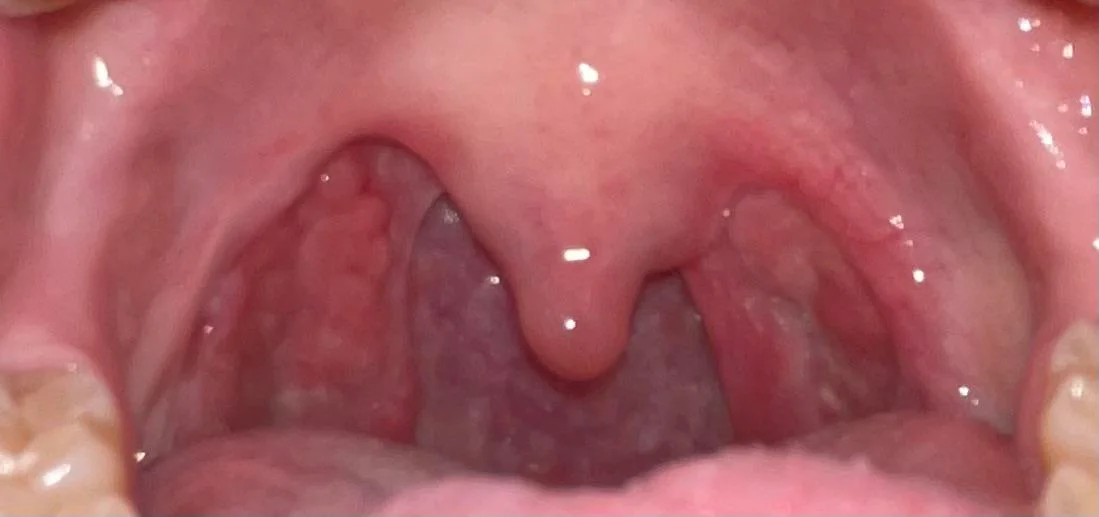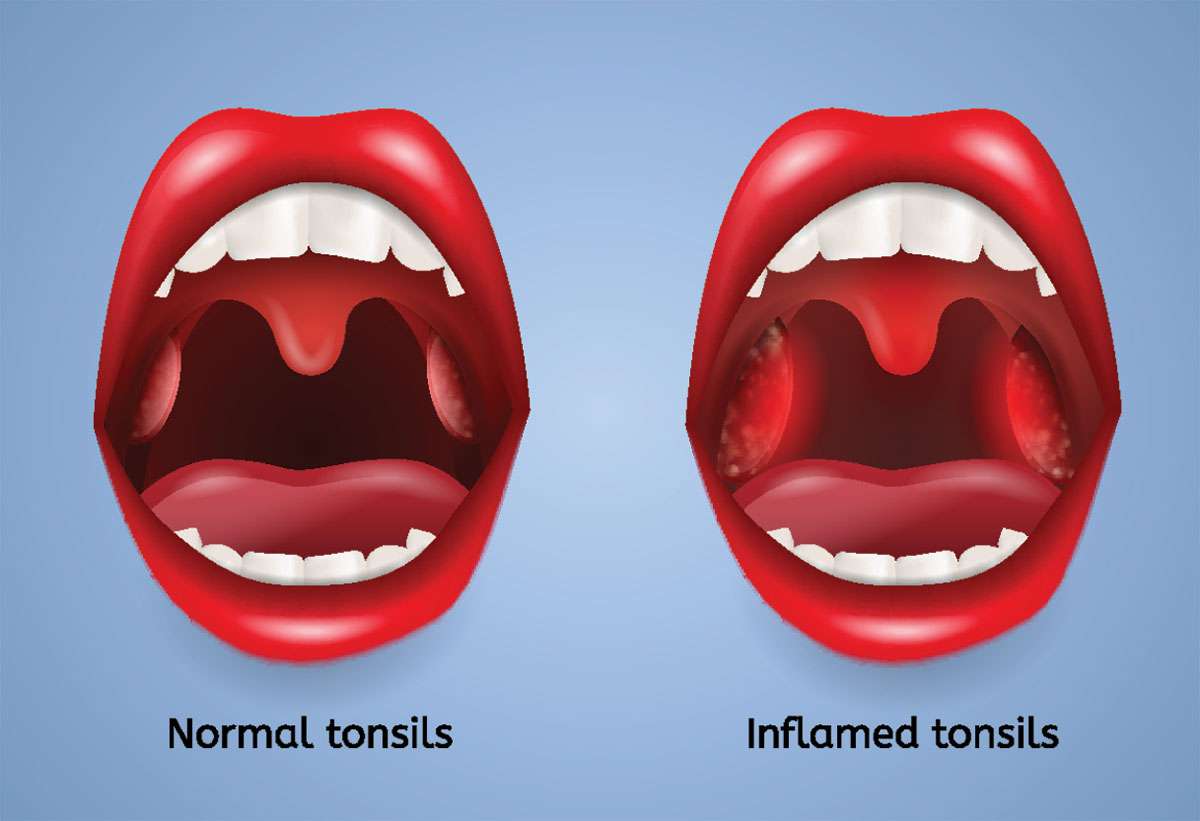
Introduction:
can tonsils grow back after being removed? – tymoff, The removal of tonsils, a procedure known as tonsillectomy, is a common surgical intervention often recommended to alleviate recurrent tonsillitis, chronic throat infections, or breathing difficulties caused by enlarged tonsils. However, a persistent question that arises among individuals who have undergone tonsillectomy is whether tonsils can grow back after being removed. In this article, we delve into this intriguing topic to uncover the truth behind tonsil regrowth, examining the medical evidence, potential factors influencing regrowth, and implications for patients and healthcare professionals.

Understanding Tonsillectomy and Tonsil Regrowth:
Tonsillectomy is a surgical procedure typically performed under general anesthesia, during which the tonsils, located at the back of the throat, are completely or partially removed. This procedure is often recommended for individuals experiencing recurrent tonsillitis (inflammation of the tonsils), obstructive sleep apnea, or other complications associated with enlarged tonsils.
Must Read=learn to sit back and observe. not everything need – tymoff
The question of whether tonsils can grow back after being removed has long been a subject of debate and speculation. While some anecdotal reports suggest instances of tonsil regrowth following tonsillectomy, the medical consensus has traditionally been that complete tonsil regrowth is rare. However, recent research has shed new light on this topic, prompting a reevaluation of existing beliefs and practices surrounding tonsillectomy.
Evidence on Tonsil Regrowth:
Historically, medical literature has maintained that once tonsils are surgically removed, they do not grow back. This belief was based on observations from early studies and clinical experience, which suggested that tonsil tissue removed during tonsillectomy does not regenerate.
However, more recent studies have challenged this conventional wisdom, indicating that tonsil regrowth, albeit rare, may indeed occur in some individuals. These studies have documented cases of partial or complete tonsil regrowth following tonsillectomy, raising questions about the long-term efficacy of the procedure and the potential need for further interventions in select cases.

Factors Influencing Tonsil Regrowth:
While the exact mechanisms underlying tonsil regrowth remain unclear, several factors may influence the likelihood of regrowth following tonsillectomy:
- Incomplete Removal: In cases where only a portion of the tonsils is removed (partial tonsillectomy), residual tonsil tissue may remain, increasing the risk of regrowth.
- Tissue Regeneration: The body’s natural healing processes may lead to the regeneration of tonsil tissue over time, particularly in younger individuals with greater regenerative capacity.
- Genetic Factors: Genetic predisposition may play a role in determining the likelihood of tonsil regrowth, although further research is needed to elucidate specific genetic influences.
- Postoperative Care: Adequate postoperative care, including proper wound management and adherence to post-surgical instructions, may help minimize the risk of complications and promote optimal healing, potentially reducing the likelihood of tonsil regrowth.
- Underlying Conditions: Certain underlying medical conditions or immunological factors may influence tissue regeneration and healing processes, potentially affecting the likelihood of tonsil regrowth.
Implications for Patients and Healthcare Professionals:
The potential for tonsil regrowth following tonsillectomy carries important implications for both patients and healthcare professionals:
- Patient Education: Patients undergoing tonsillectomy should be informed about the possibility of tonsil regrowth, albeit rare, and the factors that may influence regrowth. Clear communication regarding the risks, benefits, and potential outcomes of the procedure is essential for informed decision-making.
- Long-Term Monitoring: Healthcare professionals should consider the possibility of tonsil regrowth when evaluating patients who have previously undergone tonsillectomy, particularly if they experience symptoms suggestive of tonsillar enlargement or recurrent infections.
- Individualized Care: The decision to perform tonsillectomy should be based on careful consideration of each patient’s specific medical history, symptoms, and treatment goals. In cases where tonsillectomy is deemed necessary, meticulous surgical technique and thorough postoperative care may help minimize the risk of complications, including regrowth.
- Further Research: Continued research into the mechanisms of tonsil regrowth and factors influencing regenerative processes is needed to better understand this phenomenon and inform clinical practice. Long-term follow-up studies tracking patients who have undergone tonsillectomy can provide valuable insights into the incidence, risk factors, and clinical significance of tonsil regrowth.

FAQ
- Can tonsils grow back after being surgically removed?
- While it’s rare, there have been documented cases of partial or complete tonsil regrowth after tonsillectomy.
- What is tonsillectomy?
- Tonsillectomy is a surgical procedure to remove the tonsils, usually done to alleviate recurrent tonsillitis or breathing difficulties caused by enlarged tonsils.
- What factors contribute to tonsil regrowth after removal?
- Factors such as incomplete removal, tissue regeneration, genetic predisposition, and postoperative care may influence the likelihood of tonsil regrowth.
- How common is tonsil regrowth after tonsillectomy?
- Complete tonsil regrowth is considered rare, but partial regrowth may occur in some cases.
- Does age play a role in the likelihood of tonsil regrowth?
- Tonsil regrowth may be more common in younger individuals with greater regenerative capacity, although further research is needed to confirm this.
- Can tonsil regrowth cause symptoms similar to those before tonsillectomy?
- Yes, if tonsils partially or completely regrow, individuals may experience symptoms such as sore throat, difficulty swallowing, and recurrent infections.
- Are there any genetic factors that influence tonsil regrowth?
- Genetic predisposition may play a role in determining the likelihood of tonsil regrowth, but specific genetic influences have not been fully elucidated.
- What are the risks associated with tonsil regrowth?
- Tonsil regrowth may lead to recurrent tonsillitis, obstructive sleep apnea, and other complications similar to those experienced before tonsillectomy.
- Can tonsil regrowth be prevented?
- While complete prevention may not be possible, meticulous surgical technique and thorough postoperative care can help minimize the risk of tonsil regrowth.
- How is tonsil regrowth diagnosed?
- Tonsil regrowth may be diagnosed through physical examination, imaging studies such as CT scans or MRIs, and evaluation of symptoms.
- Is additional surgery necessary if tonsil regrowth occurs?
- In cases where tonsil regrowth leads to significant symptoms or complications, additional surgery may be considered to address the issue.
- Can tonsil regrowth occur after both partial and complete tonsillectomy?
- Yes, while complete tonsil regrowth is less common after complete tonsillectomy, it may still occur in some cases, particularly if residual tonsil tissue remains.
- Are there any lifestyle factors that can affect the risk of tonsil regrowth?
- Lifestyle factors such as smoking and poor oral hygiene may increase the risk of complications, including tonsil regrowth, following tonsillectomy.
- Can tonsil regrowth be treated with medication instead of surgery?
- In some cases, medications such as antibiotics may be prescribed to alleviate symptoms associated with tonsil regrowth, but surgery may be necessary for definitive treatment.
- What are the potential complications of tonsillectomy and tonsil regrowth?
- Complications of tonsillectomy and tonsil regrowth may include bleeding, infection, throat pain, and breathing difficulties.
- Is tonsillectomy recommended for everyone with recurrent tonsillitis or enlarged tonsils?
- Tonsillectomy is typically recommended for individuals with severe or recurrent symptoms that significantly affect their quality of life and have not responded to conservative treatments.
- Can tonsil regrowth occur years after tonsillectomy?
- Yes, tonsil regrowth may occur months or even years after the initial tonsillectomy, although it is less common with longer intervals between surgeries.
- Is tonsil regrowth more common in certain populations or demographic groups?
- Tonsil regrowth may be more common in younger individuals, although it can occur in people of any age.
- What should I do if I suspect tonsil regrowth after tonsillectomy?
- If you experience symptoms suggestive of tonsil regrowth, such as throat pain or difficulty swallowing, consult your healthcare provider for evaluation and management.
- Can tonsil regrowth lead to complications if left untreated?
- Yes, untreated tonsil regrowth may lead to recurrent infections, breathing difficulties, and other complications similar to those experienced before tonsillectomy, necessitating prompt evaluation and treatment.
Conclusion:
The question of whether tonsils can grow back after being removed remains a topic of scientific inquiry and clinical interest. While traditional wisdom has held that complete tonsil regrowth is rare, emerging evidence suggests that partial or complete regrowth may occur in some individuals. Factors such as incomplete removal, tissue regeneration, genetic predisposition, and postoperative care may influence the likelihood of tonsil regrowth following tonsillectomy.
For patients considering tonsillectomy and healthcare professionals involved in their care, understanding the potential for tonsil regrowth is crucial for informed decision-making and long-term management. By staying informed about the latest research findings and adopting a patient-centered approach to care, healthcare professionals can ensure optimal outcomes for patients undergoing tonsillectomy while continuing to advance our understanding of this fascinating aspect of otolaryngology.



